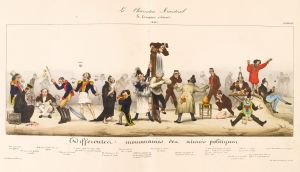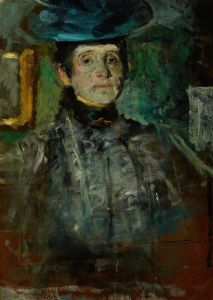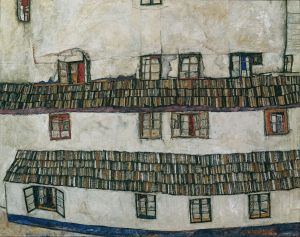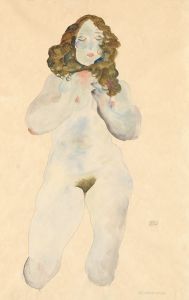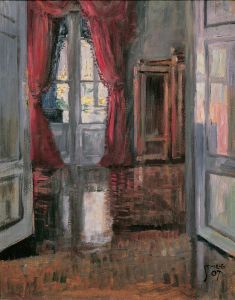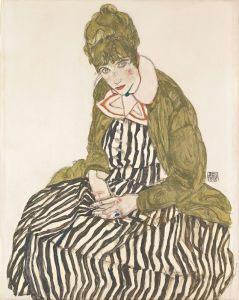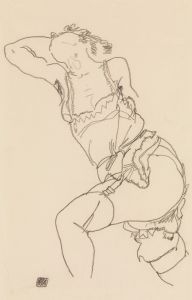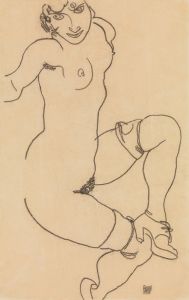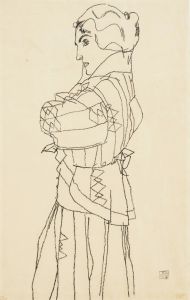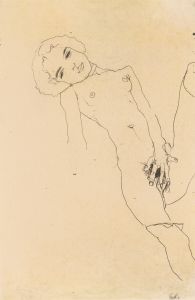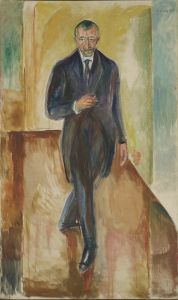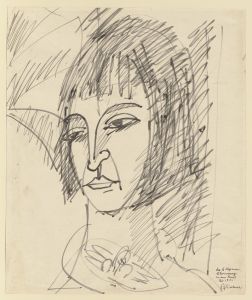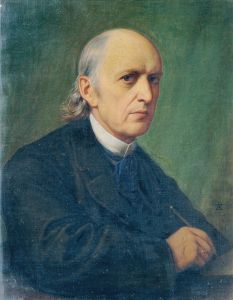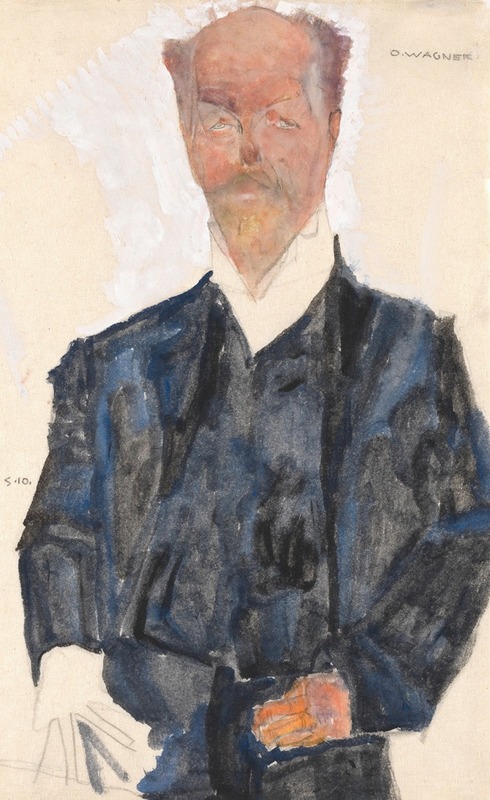
Porträt Otto Wagner
A hand-painted replica of Egon Schiele’s masterpiece Porträt Otto Wagner, meticulously crafted by professional artists to capture the true essence of the original. Each piece is created with museum-quality canvas and rare mineral pigments, carefully painted by experienced artists with delicate brushstrokes and rich, layered colors to perfectly recreate the texture of the original artwork. Unlike machine-printed reproductions, this hand-painted version brings the painting to life, infused with the artist’s emotions and skill in every stroke. Whether for personal collection or home decoration, it instantly elevates the artistic atmosphere of any space.
"Porträt Otto Wagner" is a notable painting by the Austrian artist Egon Schiele, created in 1914. Egon Schiele, born in 1890, was a prominent figure in the early 20th-century Austrian art scene, known for his distinctive style that often included expressive and raw depictions of the human form. Schiele was a protégé of Gustav Klimt and became a leading figure in the Expressionist movement.
Otto Wagner, the subject of this portrait, was a renowned Austrian architect and urban planner, born in 1841. He was a pivotal figure in the development of modern architecture in Vienna and is celebrated for his innovative designs and contributions to the Vienna Secession, a group that sought to break away from traditional artistic styles. Wagner's work emphasized functionality and the use of modern materials, which had a lasting impact on the architectural landscape of Vienna.
The portrait of Otto Wagner by Egon Schiele captures the architect in a manner that reflects Schiele's unique artistic style. Schiele's approach to portraiture often involved a focus on the psychological depth of his subjects, and this painting is no exception. The portrait is characterized by bold lines and a striking use of color, which are hallmarks of Schiele's work. The painting conveys a sense of intensity and introspection, which is typical of Schiele's portraits.
In this work, Schiele employs his signature technique of using sharp contours and a limited color palette to emphasize the features of his subject. The portrayal of Wagner is both respectful and revealing, capturing the essence of the architect's character and his significance in the realm of architecture. Schiele's ability to convey the inner life of his subjects through his art is evident in this portrait, making it a compelling representation of Otto Wagner.
The painting is also significant in the context of the relationship between Schiele and Wagner. Although there is limited documentation on their personal interactions, both figures were influential in their respective fields during a time of great cultural and artistic change in Vienna. The portrait serves as a testament to the mutual respect and recognition between artists and architects of the Vienna Secession movement.
"Porträt Otto Wagner" is housed in the Österreichische Galerie Belvedere, a museum in Vienna that holds an extensive collection of Austrian art from the Middle Ages to the present day. The museum is renowned for its collection of works by Gustav Klimt, Egon Schiele, and other artists associated with the Vienna Secession.
Overall, the portrait is a significant piece within Egon Schiele's oeuvre, reflecting his mastery in capturing the essence of his subjects and his contribution to the Expressionist movement. It stands as a tribute to Otto Wagner, highlighting his importance in the history of architecture and his influence on the cultural landscape of Vienna.





